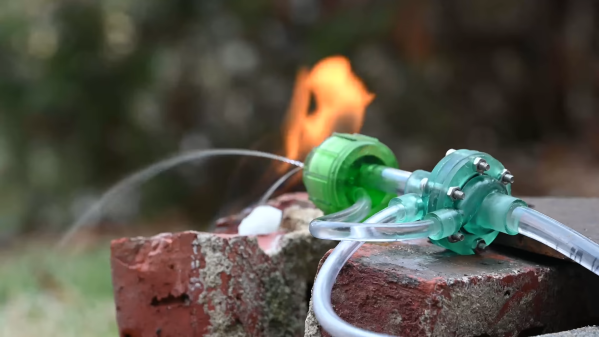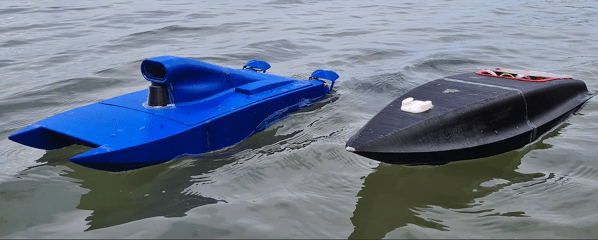Siphons are one of those physics phenomena that, like gyroscopes, non-Newtonian fluids, and electricity, seem almost magical. Thanks to atmospheric pressure, simply filling a tube with liquid and placing the end of the tube below the liquid level of a container allows it to flow against gravity, over a barrier, and down into another container without any extra energy inputs once the siphon is started. They’re not just tricks, though; siphons have practical applications as well, such as in siphon-powered hydroelectric turbine.
This is an iteration of [Beyond the Print]’s efforts to draw useful energy from a local dam with an uneconomic amount of water pressure and/or volume for a typical hydroelectric power station. One of his earlier attempts involved a water wheel but this siphon-based device uses a more efficient impeller design instead, and it also keeps the generator dry as well. Using 3″ PVC piping to channel the siphon, as well as a short length of thinner pipe to attach a shop vac for priming the siphon, water is drawn from the reservoir, up the pipe, and then down through the impeller which spins a small DC generator.
This design is generating about 9 V open-circuit, and we’d assume there’s enough power available to charge a phone or power a small microcontroller device. However, there’s a ton of room for improvement here. The major problem [Beyond the Print] is currently experiencing is getting air into the system and having the siphon broken, which he’s solved temporarily by adding a bucket at the outflow. This slows down the water though, so perhaps with any air leaks mitigated the power generation capabilities will be greatly increased.
Continue reading “Hydroelectric Generator Gets Power From Siphoning”



















